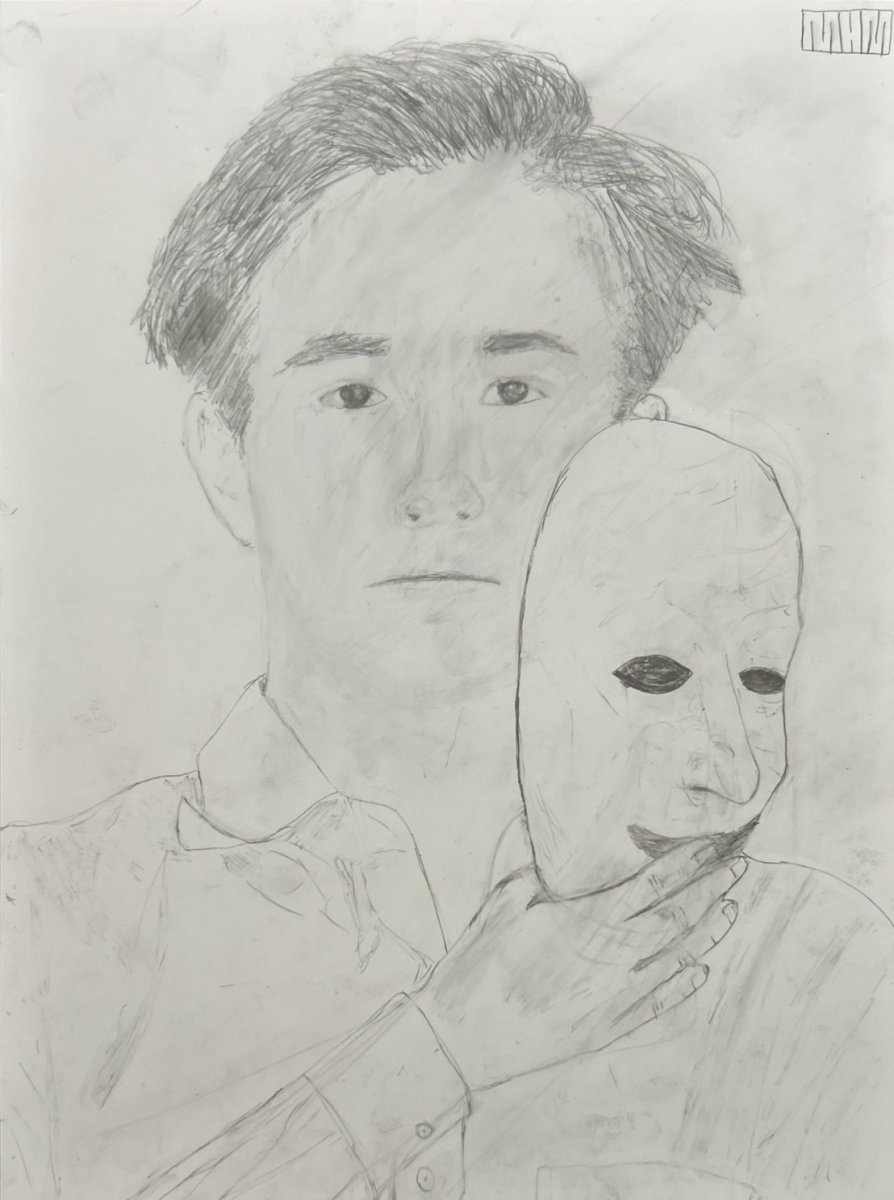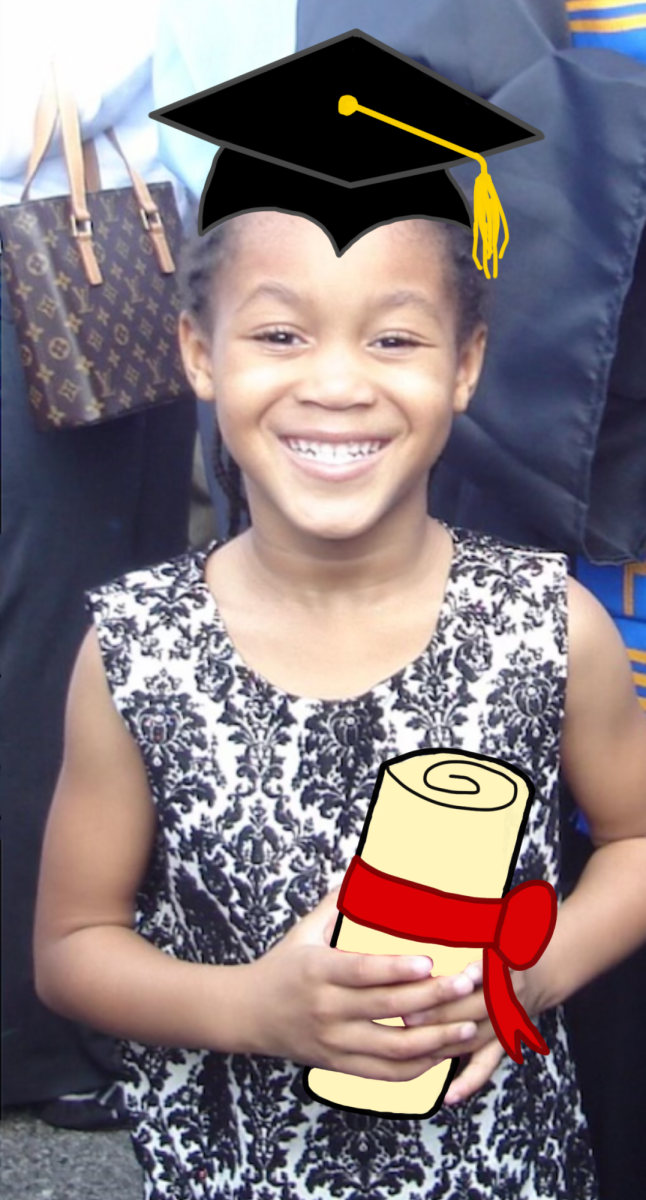This column is Part I of a two-part series about the experience of East Asian students at UChicago.
I’ve sometimes felt that my identity awkwardly straddles the hyphen in “Asian-American.”
My Asian identity has always seemed self-evident to everyone but other Asians. To most, it is obvious at first glance from my physical appearance. However, my inability to read, speak, or even understand the Korean language, combined with my birth and upbringing in the United States, has led many Koreans to tell me that, despite my descent, I am not a “real” Korean. I am a “banana,” or “Twinkie”: yellow on the outside, white on the inside.
In high school, I wore my hybrid Asian-American-ness with pride. I made a point to avoid exclusively Korean circles and was able to have a circle of friends that included both Caucasians and Asians (considered “diverse” by my high school’s standards).
UChicago touts its campus diversity, and all the accompanying intellectual benefits it brings. So arriving as a first year, I was excited to experience the real thing. However, although there certainly are ethnically heterogeneous groups on campus, homogenous groups, especially in the case of East Asian students, are still prevalent.
By sixth week of fall quarter, I had noticed the groups of East Asian international students talking in their mother tongues in the Reg or sitting together at side tables in Bartlett. My reaction to them, though, was much different than mine in high school. I had spent the past weeks actively introducing myself to my peers, but did not feel that I belonged anywhere. Many conversations still stalled at small talk. Now, seeing these groups, I felt something like longing.
Intrigued, I began to contemplate writing an article about the “clumping effect” of East Asian international students. I sat down at a table of international Chinese students in Bartlett, intending to collect names and phone numbers for interviews. As I ate lunch with them, though, I was struck by the easy camaraderie I felt. It was stronger than what I had felt with peers in my house or RSOs.
While in Bartlett the other day, I heard a girl comment that a Chinese international student always sat with her fellow international students rather than at the house table. I understand that the East Asian international students’ tendency to keep to themselves can lead domestic students to view them as exclusionary—I made a similar assumption in high school. However, these unfounded assumptions only add to misunderstandings that deepen the rift between domestic and international students.
One international student I interviewed mentioned that her roommates would always joke about the clique-ishness of the Korean Student Organization (KSO). She knew that they were joking but still felt hurt and judged, especially since one of the main roles of the KSO is to help Korean students branch out by introducing domestic students to their culture. It is unreasonable to criticize a classmate’s perceived unwillingness to integrate before making an effort to understand their unique situation and culture.
East Asian international students do not deny that they choose to stick together. All the students I interviewed admitted that they could and should make a larger effort to branch out into the student body. However, this choice is a much more difficult one than many would guess.
Many of the international students I spoke with compared hanging out with each other to feeling “at home.” Some international students are from the same region and therefore knew each other before coming here. The use of the mother tongue is a huge contributing factor to the closeness of certain international groups as well. One international Chinese student informed me that studies had found that speaking in the mother tongue was much more conducive to emotional connections than conversations in a second language. Another student said that, although she was fluent in her second language, “[speaking in] it actually does prevent a lot of intimacy.”
Many international students felt that the language barrier was their largest obstacle in socializing with domestic students, but I found it very easy to interview and talk to many of them. Their English was fully understandable, and they understood me easily as well. However, beyond the language barrier is the more ambiguous “cultural barrier.” These differences can be as superficial as not knowing the same kind of music, current events, and pop culture references, but many interviewees felt that they ran deeper. “Even the stuff we think is funny or sad is different,” one interviewee said.
Cultural differences affect both social interaction and personalities. In general cultural terms, North America is one of the most extroverted continents in the world (Europe is also up there); and Asia is one of the most introverted. These fundamental differences may explain why, for instance, it seems that European international students integrate more easily than East Asians.
These factors explain why East Asian international students stick together, but how do they explain me? Me, the “not Real Asian,” born and raised in America, never having spoken or understood Korean, who still feels a stronger connection to International Asian community than to my domestic and largely Caucasian peers.
Me, an Asian-American. In high school, others made the delineation clear: “yellow on the outside, white on the inside.” I straddled that hyphen awkwardly, but also steadily, always knowing where each foot lay. Now, though, I find myself thrown off-balance; the careful equilibrium of that hyphen distorts as I revisit that label and the word “Asian” looms first, and perhaps foremost. For the first time, I am confronted by the fact that my ethnicity may play a much larger part in my identity than I previously thought. It seems that what brings East Asians together may be a phenomenon more complex than that of foreigners simply seeking comfort in a new country.
Eleanor Hyun is a first-year in the College majoring in English.







